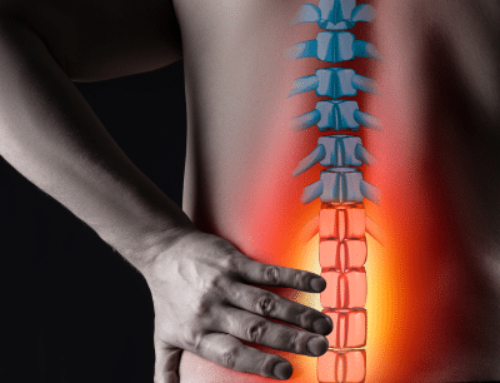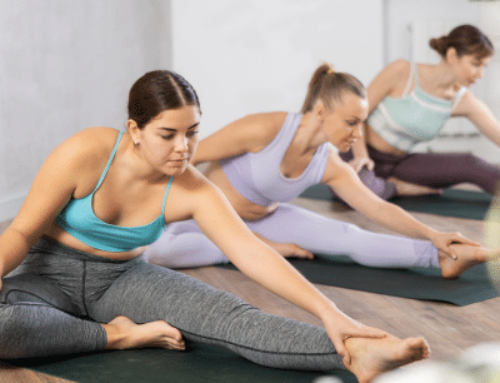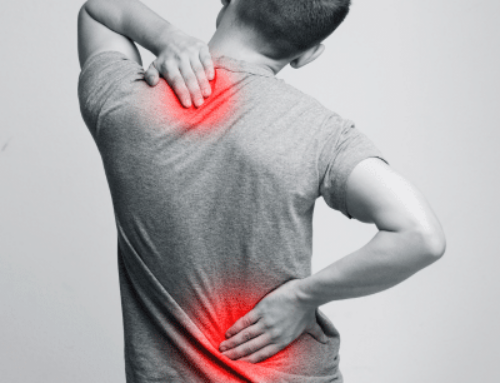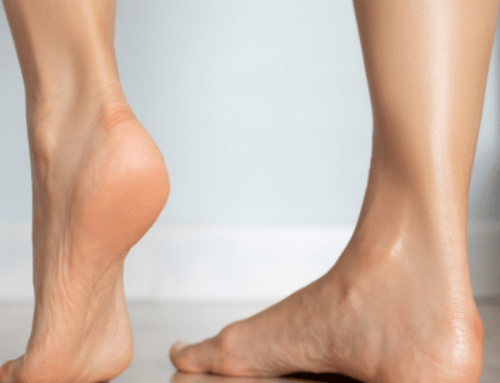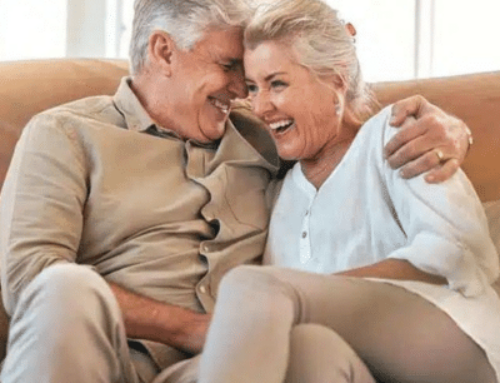 A bunion is a painful bony bump that forms on the inside of the foot at the joint at the base of your big toe. Bunions develop slowly due to pressure on the joints, causing the big toe to lean toward the second toe. Over time, the normal structure of the bone changes, resulting in the bunion bump. This deformity will gradually increase and may make it painful to wear shoes or walk.
A bunion is a painful bony bump that forms on the inside of the foot at the joint at the base of your big toe. Bunions develop slowly due to pressure on the joints, causing the big toe to lean toward the second toe. Over time, the normal structure of the bone changes, resulting in the bunion bump. This deformity will gradually increase and may make it painful to wear shoes or walk.
Anyone can get a bunion, but they are more common in women. In most cases, bunion pain is relieved by wearing wider shoes with adequate toe room and using other simple treatments to reduce pressure on the big toe.
In addition to the common bunion, there are other types of bunions.
- Adolescent Bunion – These bunions are most common in girls between the ages of 10 and 15. While a bunion on an adult often restricts motion in the joint, a young person with a bunion can typically move the big toe up and down. An adolescent bunion may still be painful, making it difficult to wear shoes. Adolescent bunions are often genetic.
- Bunionette – A bunionette, or “tailor’s bunion,” occurs on the outside of the foot near the base of the little toe. Although it is in a different spot on the foot, a bunionette is very much like a bunion. You may develop painful bursitis and a hard corn or callus over the bump.
Bunions may be caused by:
- Wearing poorly fitting shoes – in particular, shoes with a narrow, pointed toe box that forces the toes into an unnatural position
- Heredity – some people inherit feet that are more likely to develop bunions due to their shape and structure
- Having an inflammatory condition, such as rheumatoid arthritis, or a neuromuscular condition, such as polio
Symptoms of Bunions
In addition to the visible bump on the inside of the foot, symptoms of a bunion may include:
- Pain and tenderness
- Redness and inflammation
- Hardened skin on the bottom of the foot
- A callus or corn on the bump
- Stiffness and restricted motion in the big toe, which may lead to difficulty in walking
Risks of Bunions
- Bursitis – In some cases, an enlarged joint may lead to bursitis, a painful condition in which the fluid-filled sac (bursa) that cushions the bone near the joint becomes inflamed.
- Arthritis – Bunions may also lead to arthritis if the smooth articular cartilage covering the joint becomes damaged from the joint not gliding smoothly.
- Chronic Pain – If left untreated, a bunion can cause chronic pain in the foot and eventually in the connecting tissues due to changes in gait due to the pain in the foot.
Diagnosing Bunions
We will ask you about your medical history, general health, and symptoms. He will perform a careful examination of your foot and probably be able to diagnose your bunion based on your symptoms and your toe’s appearance.
X-rays will allow us to check your toes’ alignment and look for damage to the joint. He will use the x-rays to determine how severe the bunion is and how best to correct it.
Treatment of Bunions
We believe in exhausting all conservative, nonsurgical measures before resorting to surgical intervention.
Nonsurgical Treatment
In most cases, bunions can be treated without surgery. Although nonsurgical treatment cannot reverse a bunion, it can reduce pain and keep the bunion from worsening.
- Changes in Footwear – In most cases, bunion pain can be managed successfully by switching to shoes that fit correctly and do not compress the toes.
- Padding – Protective pads can help cushion the painful area over the bunion. Pads must be tested for a short time first; the pad’s size may increase the pressure on the bump and worsen your pain rather than reduce it.
- Orthotics and Other Devices – To take pressure off your bunion, your doctor may recommend that you wear over-the-counter or custom-made shoe inserts (orthotics). Toe spacers can be placed between your toes. In some cases, a splint worn at night that places your big toe in a straighter position may relieve pain.
- Icing – Applying ice several times a day for 20 minutes at a time can help reduce swelling. Do not apply ice directly to your skin.
- Medications – Nonsteroidal anti-inflammatory medications such as ibuprofen and naproxen can help relieve pain and reduce swelling. Other medications can be prescribed to help pain and swelling in patients whose bunions are caused by arthritis.
Surgical Treatment
If non-surgical measures do not relieve your symptoms, we may recommend bunion surgery.
There are different types of surgeries to correct a bunion. Bringing the big toe back to its correct position may involve realigning bone, ligaments, tendons, and nerves.
Surgery to remove an adolescent bunion is not recommended unless the bunion causes extreme pain that does not improve with a change in footwear or the addition of orthotics. If an adolescent has bunion surgery, particularly before reaching skeletal maturity, there is a strong chance the bunion will return.
Surgery should not be done for cosmetic reasons because chronic pain can develop in the affected toe even though there was no bunion pain prior to surgery.
Good candidates for bunion surgery commonly have:
- Significant foot pain that limits their everyday activities
- Chronic big toe inflammation and swelling that does not improve
- Toe deformity creates the potential for the toes to cross over each other
- Inability to bend and straighten the big toe
- Failure to obtain pain relief with changes in footwear
- Failure to obtain pain relief from nonsteroidal anti-inflammatory drugs (NSAIDs)
In general, the common goals of most bunion surgeries include:
- Realigning the metatarsophalangeal (MTP) joint at the base of the big toe
- Relieving pain
- Correcting the deformity of the bones making up the toe and foot
We will talk with you about the type of surgery that will best correct your bunion.
Can I Prevent Bunions?
Bunions can’t always be prevented; however, some things may help prevent, or at least slow, their progression:
- If your foot flattens excessively, make sure you wear supportive shoes, and if necessary, get custom orthotics
- Be sure that your shoes fit correctly
- Do not select shoes by the size marked; pick the shoe by how it fits
- Select a shoe that conforms as nearly as possible to the shape of your foot
- The size of your feet changes as you grow older
- Most people have one foot larger than the other, so fit to the largest foot
- Fit at the end of the day when your feet are the largest
- Stand during the fitting process and check that there is adequate space (3/8” to 1/2″) for your longest toe at the end of the shoe
- Make sure the ball of your foot fits well into the widest part of the shoe
- Do not purchase shoes that feel too tight, expecting them to stretch
- Your heel should fit comfortably in the shoe with a minimum amount of slippage
- Walk in the shoe to make sure it fits and feels right
If you are suffering with bunions and want to learn more, please contact us at Hampton Roads Orthopaedics & Sports Medicine at 757-873-1554.

